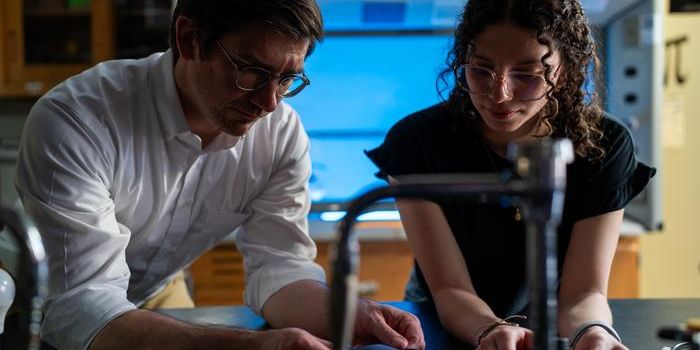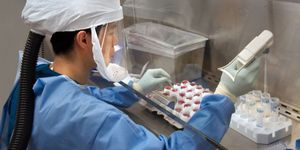Control Release Technology for Medically Favorable Gases
Researchers have recently developed solid material that can control the release of physiologically favorable gases. The study is critical in administering appropriate and safely regulated concentrations to patients—such as hydrogen sulfide (H2S) and nitric oxide (NO). These gases can be favorable at certain low levels to reduce inflammation, regulate insulin release, anti-oxidative benefits and expanding blood vessels among some of the noted benefits.
Learn more about the history of medical gases:
The controlled slow-release technology comes handy especially that H2S and NO are toxic at high concentrations but can generate physiological benefits at low concentrations. When NO is administered in low concentrations, it can help patients with severe respiratory failure to inhale and expand their pulmonary vessels. Furthermore, H2S has long been noted for its effects in improving the integumentary system as well as the cardiovascular system.
How was the technology developed? Researchers used an inorganic solid material which can slowly release gases at desirable concentrations, particularly H2S or NO, when touching the air. This material is called ‘double layered hydroxide’ because it is made of layers of two-dimensional hydroxide nanosheets containing magnesium (Mg) and aluminum (Al). Researchers believe that from their previous studies—the carbonate ions will be traded for atmospheric carbon dioxide. However, for this study, the ions from the gas-source ions interacted with carbon dioxide and water vapor to produce H2S or NO gas.
These findings have motivate the research team to develop new drugs and/or medical devices that can be based on the developed material.
Source: Science Daily









